Let’s learn the Italian passato prossimo. Formation, usage and some important irregular verbs. With exercises!
Italian Passato Prossimo
Formation
The passato prossimo is a compound tense, that is, it consists of two words: the auxiliary verb essere or avere and the past participle of the main verb. To form the past participle, you need to separate the ending -are,-ere or -ire and add -ato, -uto or -ito accordingly.
Essere / Avere + Past participle (ATO / UTO / ITO)
| Auxiliary verb AVERE | MANGIARE | CREDERE | DORMIRE | |
| io | ho | |||
| tu | hai | |||
| lui, lei | ha | mangiato | creduto | dormito |
| noi | abbiamo | |||
| voi | avete | |||
| loro | hanno |
| Fiona ha prenotato una camera. | Fiona has booked a room. |
| L’estate scorsa ho visitato Firenze. | Last summer I visited Florence. |
When the passato prossimo is formed with the auxiliary verb essere, you need to adjust the endings to gender and number – just as you do with adjectives. The endings are the classic o, a, i, e: Mario è andato a casa, Emma è andata a casa, Mario e Luigi sono andati a casa, Emma e Fiona sono andate a casa.
| Auxiliary verb ESSERE | ANDARE | CADERE | PARTIRE | |
| io | sono | andato/a | caduto/a | partito/a |
| tu | sei | andato/a | caduto/a | partito/a |
| lui, lei | è | andato/a | caduto/a | partito/a |
| noi | siamo | andati/e | caduti/e | partiti/e |
| voi | siete | andati/e | caduti/e | partiti/e |
| loro | sono | andati/e | caduti/e | partiti/e |
Essere or avere?
The choise between essere or avere depends on the verb: Basically, verbs with an object (what? who? – e.g. mangiare) have avere, verbs of movement have essere (e.g. andare).
Moreover, all reflexive verbs in Italian have the auxiliary verb essere.
| Ho mangiato una pizza. | I ate a pizza. |
| Ieri sono andato al lavoro in bicicletta. | Yesterday I rode my bike to work. |
| Stamattina mi sono svegliata alle cinque. | This morning I woke up at five. |
Want to learn more about this topic? Read our post about essere or avere
Important irregular verbs
Let’s learn some of the most important irregular verbs in Passato Prossimo:
| Infinito | Traduzione | Passato Prossimo |
| essere | to be | sono stato/a |
| fare | to do, make | ho fatto |
| dire | to say | ho detto |
| mettere | to put | ho messo |
| leggere | to read | ho letto |
| scrivere | to write | ho scritto |
| venire | to come | sono venuto/a |
| prendere | to take | ho preso |
| vedere | to see | ho visto |
Do you want to learn more irregular verbs ? Take a look at our verb list with 30 important verbs in passato prossimo.
Usage
The Italian passato prossimo is generally used to refer to past, completed events. These can also have a reference with the present.
| In vacanza ho visitato tante belle città. | On vacation I visited many beautiful cities. |
| Ho mangiato due pizze e ora sono sazio. | I’ve eaten two pizzas and now I’m full. |
Esercizi
1. Irregular verbs
2. Complete the text.
Everything about Passato Prossimo
The Passato Prossimo
The Passato Prossimo in Italian: Formation, usage, and important irregular verbs.
Passato prossimo ESSERE o AVERE: Lista Verbi
List of intransitive verbs with the auxiliary essere or avere.
Passato prossimo con LO, LA, LI, LE e NE
With these pronouns, the ending of the passato prossimo is aligned.
Difference between Imperfetto and Passato Prossimo
Both Imperfetto and Passato Prossimo are used to talk about the past.
30 irregular verbs in passato prossimo
List of important verbs – with audio and interactive exercises.

La casa di ESSERE – passato prossimo with essere
Visual representation of verbs that have ESSERE in the passato prossimo
Our recommendations for you
The best books to finally understand the Italian tenses
I verbi italiani A1-B1
Un libro di facile consultazione che risponde con chiarezza ai dubbi e alle difficoltà nell’apprendimento dei verbi.
Passato prossimo e imperfetto A1-B2
When to use Passato Prossimo and when Imperfetto?
Verbissimo A1-C2
Questo libro presenta le coniugazioni di tutti i verbi italiani, regolari ed irregolari.
Via dei Verbi 1
Via dei Verbi 1 rappresenta un aiuto pratico per gli studenti nei loro progressi di acquisizione e apprendimento della lingua italiana.
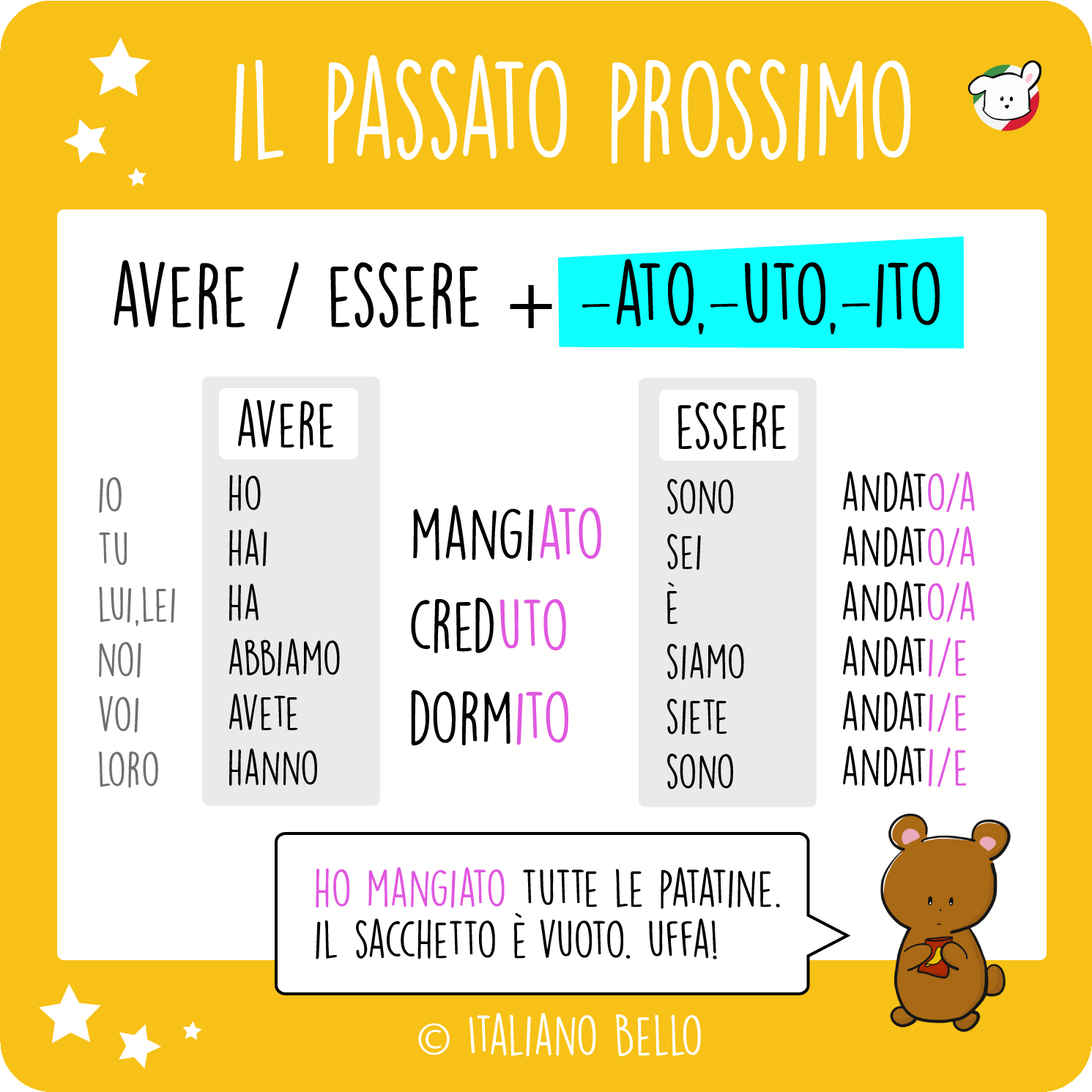
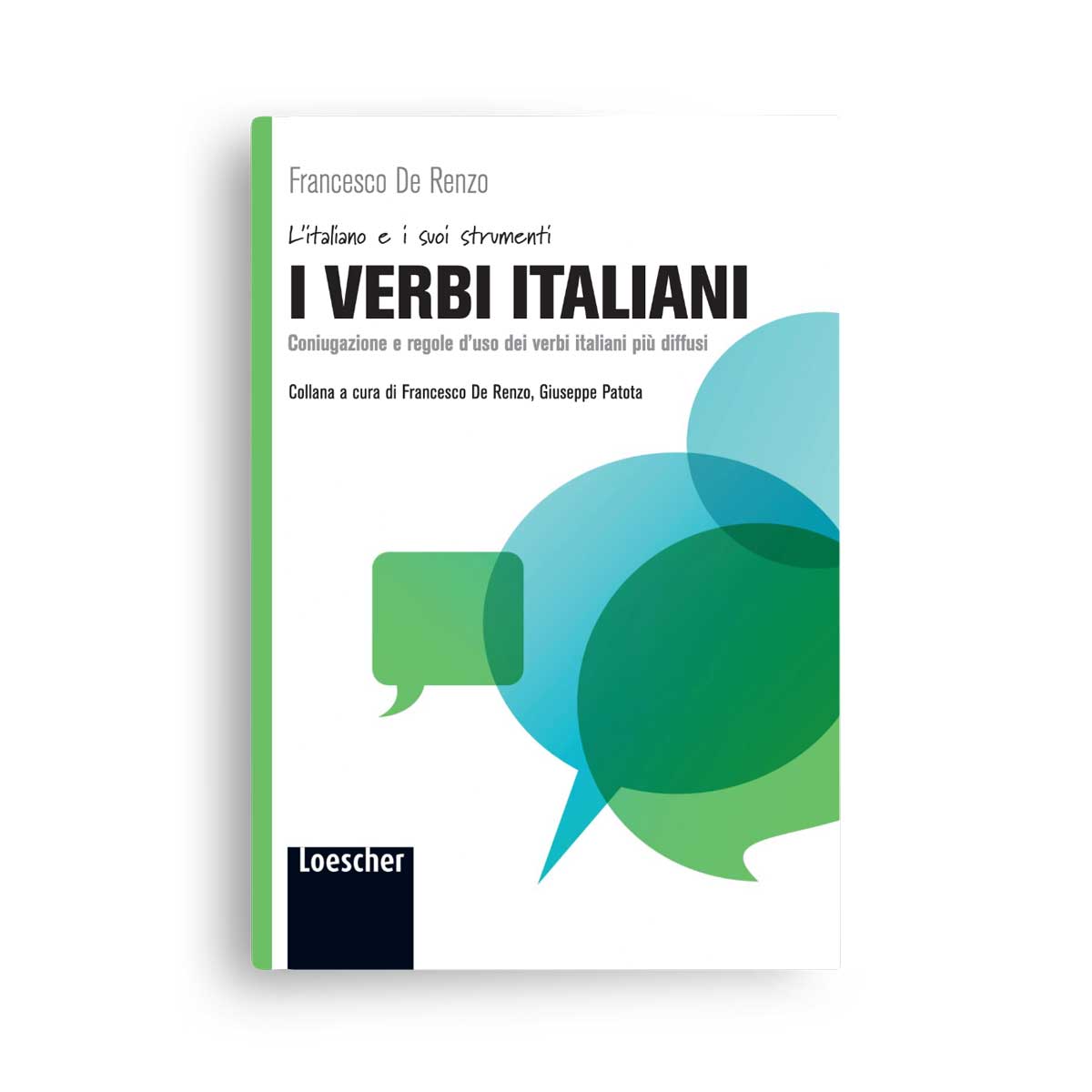

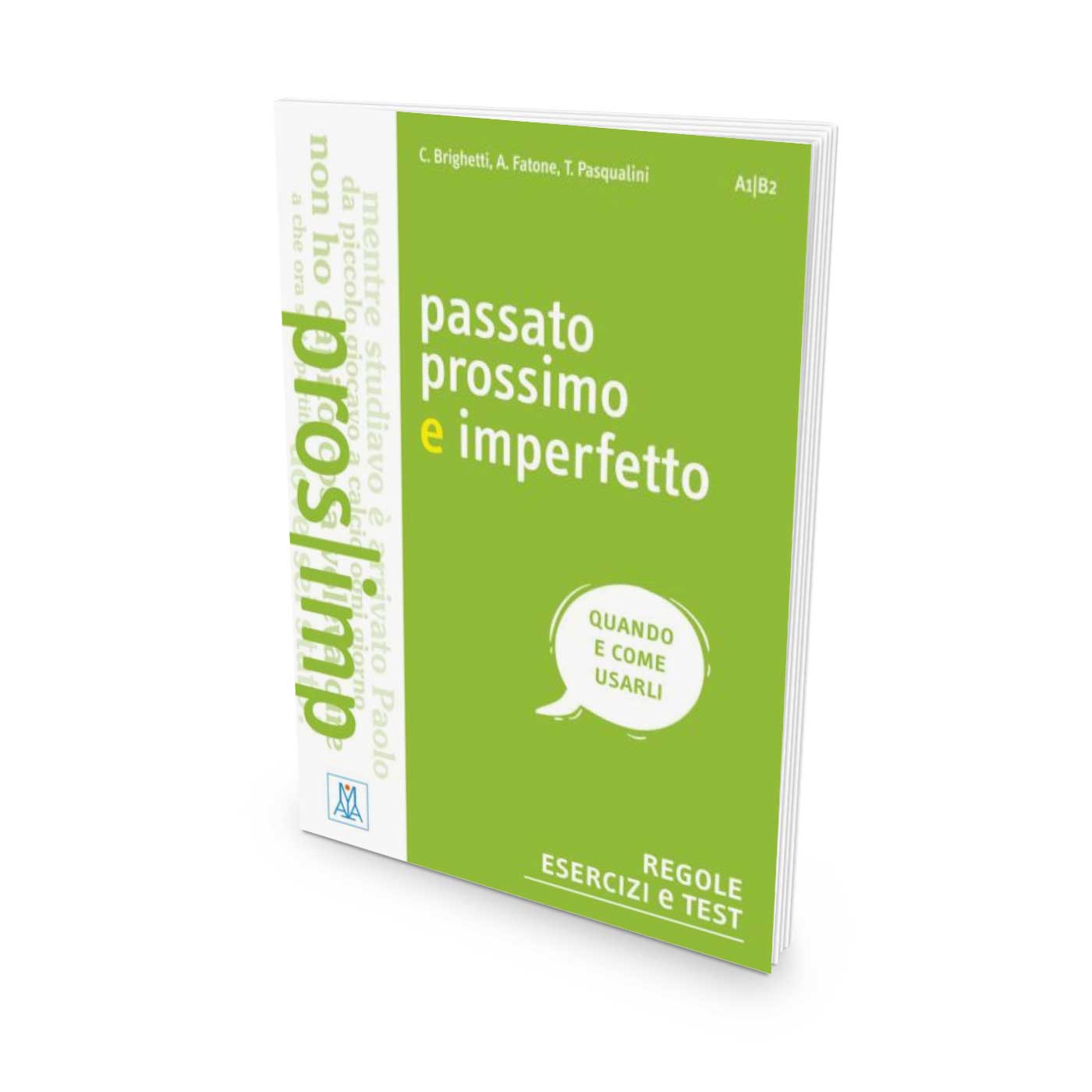
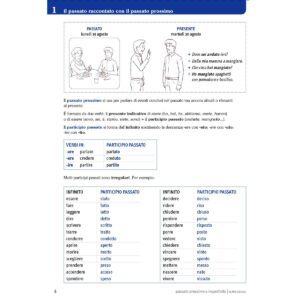
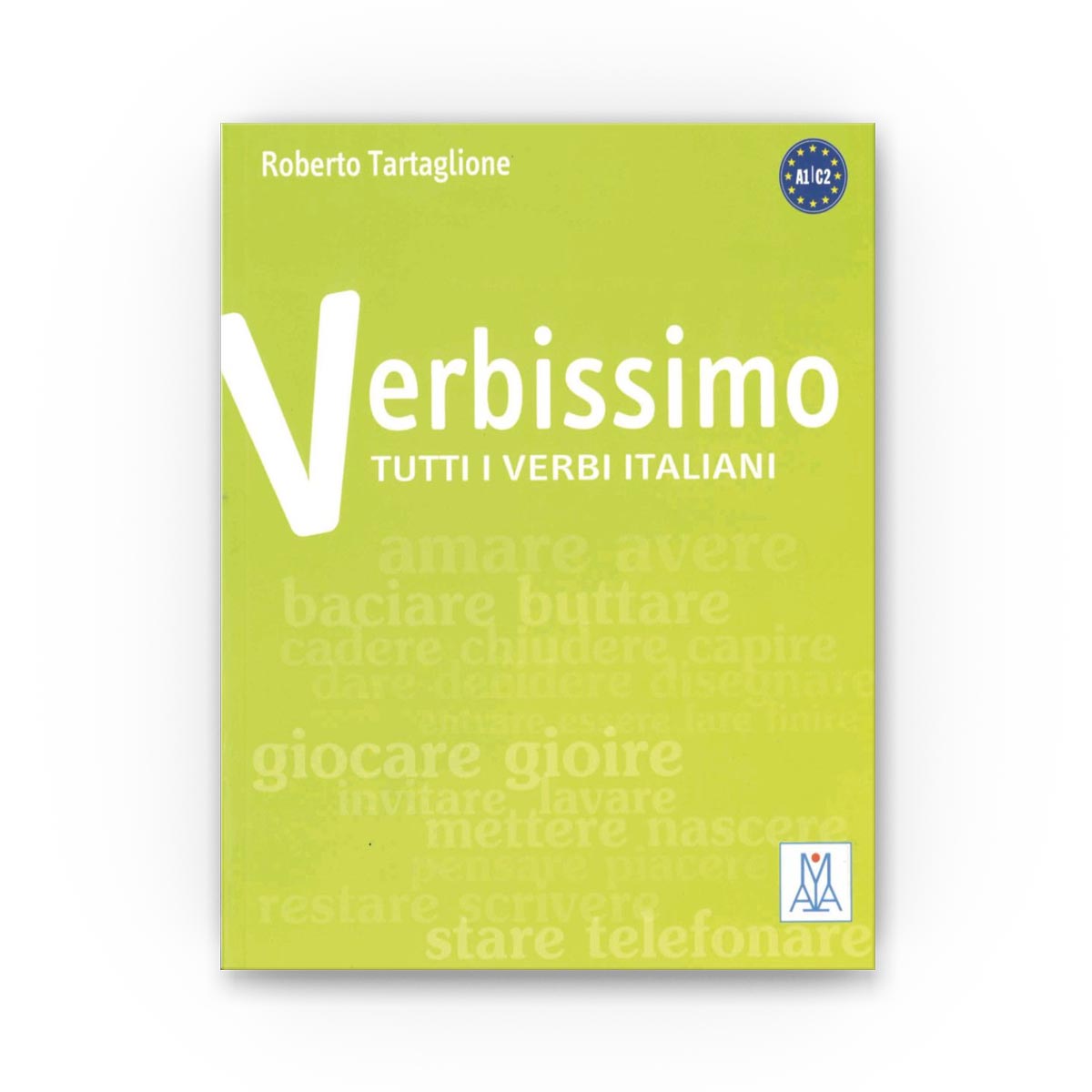


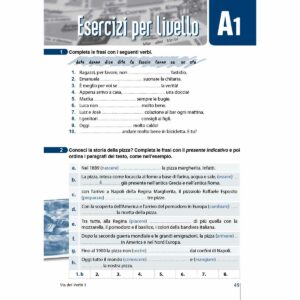
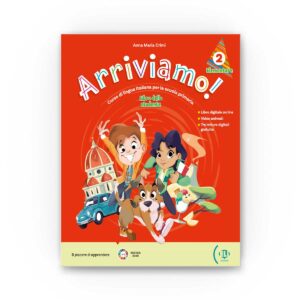
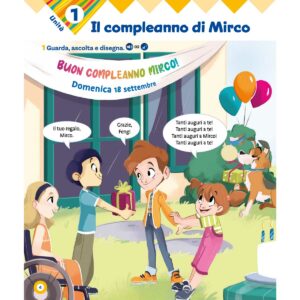
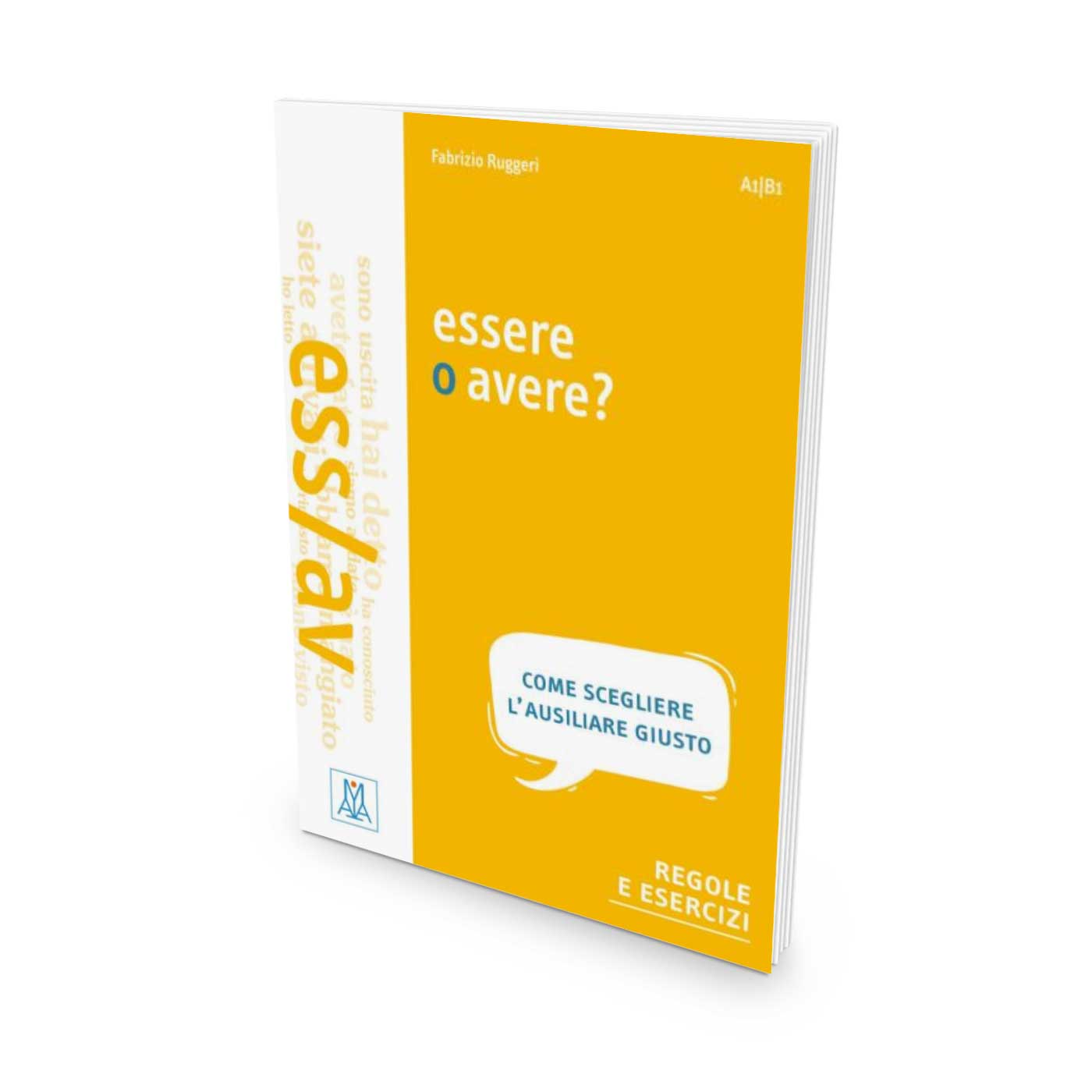
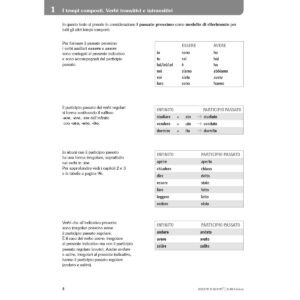
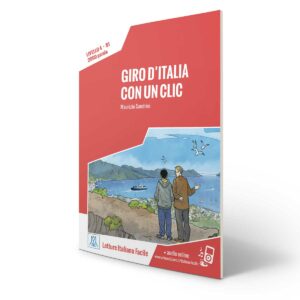
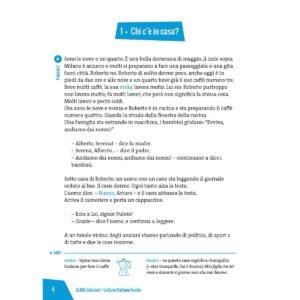
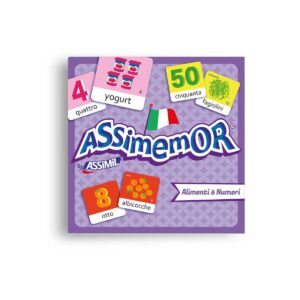


3 thoughts on “The Passato Prossimo”
The table “Essere / Avere + Past participle (ATO / UTO / ITO)” only has a single row filled in instead of all of them
In your example with the auxiliary verb Essere, I believe you intended to use “Andare”, not “Mangiare”.
P.S. I just came across your site since I am studying the Passato Prossimo, and I LOVE your site!!! So well done!
You’re right, I switched the words – now I’ve corrected it.
Grazie mille per the correction and the feedback! We are happy you like our site 🙂